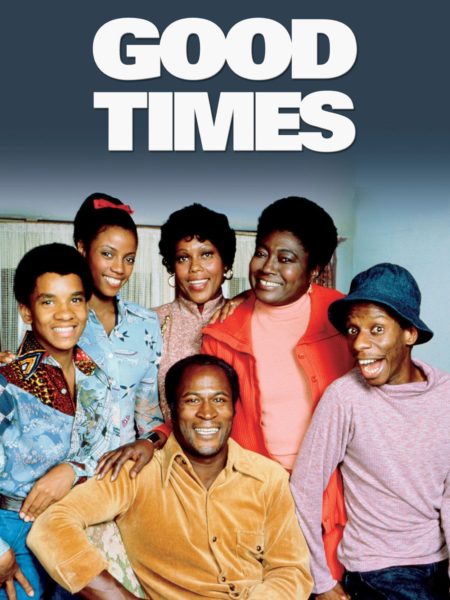Reliving the classic moments of television history can often bring a sense of nostalgia and comfort. Among these cherished shows, Good Times stands out as a beacon of cultural significance. Originally airing in the 1970s, this sitcom not only entertained but also provided a window into the lives of an African American family navigating the challenges of urban life. Its humor, heart, and social commentary continue to resonate with audiences today.
Good Times remains relevant because it addresses universal themes that transcend time and demographics. The show's portrayal of family dynamics, financial struggles, and societal issues offers valuable lessons for contemporary viewers. As we delve deeper into its legacy, it becomes clear why Good Times is more than just a nostalgic piece of television—it's a reflection of the human experience.
The Cultural Impact of Iconic Art
The Sugar Shack, an iconic painting by Ernie Barnes, recently acquired by Houston collector Bill Perkins, is now on loan to the Museum of Fine Arts Houston (MFAH). This artwork, closely associated with the TV show Good Times, has become a symbol of the era's artistic expression. Its vibrant depiction of dance and community resonates with the themes explored in the series.
As visitors admire The Sugar Shack at the Kinder Building, they are reminded of the cultural richness that permeated the 1970s. The painting's presence in the museum serves as a testament to the enduring influence of both art and television from that period. It invites viewers to reflect on how visual arts and media intersect to shape public consciousness.
This connection between art and television highlights the importance of preserving cultural artifacts that capture the essence of a generation. By showcasing The Sugar Shack, the MFAH honors the legacy of Good Times and celebrates the contributions of African American artists to popular culture.
A Legacy of Laughter and Learning
Good Times originally aired from 1974 to 1979 and quickly became a staple in American households. Created by Eric Monte and Mike Evans, the show followed the Evans family as they faced various challenges with resilience and humor. Its groundbreaking portrayal of a two-parent African American household challenged stereotypes and opened doors for diverse representation in media.
Throughout its six seasons, Good Times tackled significant social issues such as poverty, education, and racial inequality. The characters' interactions and storylines encouraged discussions about these topics, fostering greater understanding among viewers. This commitment to addressing real-world concerns set the show apart from its contemporaries.
Even today, the show's impact endures through reruns and streaming platforms like Netflix, allowing new generations to appreciate its timeless appeal. By revisiting Good Times, audiences gain insight into the historical context of the 1970s while recognizing the ongoing relevance of its messages.
Celebrating Black History Through Television
One of the most memorable aspects of Good Times is its contribution to black history and culture. The show provided a platform for authentic storytelling, showcasing the complexities of African American life with authenticity and respect. Episodes like the sixth-season Christmas special exemplified this approach by incorporating a show-within-a-show format, which delighted fans during the holiday season.
Beyond entertainment, Good Times played a crucial role in promoting positive representations of black families on television. At a time when negative stereotypes dominated the airwaves, the Evans family offered a counter-narrative that celebrated love, unity, and perseverance. These portrayals helped reshape perceptions and inspire future creators in the industry.
As we continue to celebrate Black History Month, revisiting Good Times reminds us of the power of television to educate and uplift. Its legacy serves as a reminder of the progress made in media representation and the work still needed to ensure inclusivity and diversity in storytelling.
Navigating Creative Differences
The evolution of Good Times was not without controversy, particularly regarding creative differences among cast members. Notably, John Amos, who portrayed James Evans Sr., expressed dissatisfaction with the direction the show took later in its run. His concerns ultimately led to his character being written out of the series, marking a pivotal moment in its narrative arc.
This situation underscores the challenges faced by actors and writers in maintaining artistic integrity amidst commercial pressures. While some may view these disputes as detracting from the show's quality, they also highlight the passion and dedication behind its production. Such conflicts often arise when creators strive to balance personal vision with audience expectations.
In retrospect, the departure of key figures like John Amos contributed to the show's transformation and adaptation over time. Despite these changes, Good Times maintained its core values and continued to captivate audiences until its conclusion in 1979. This adaptability ensured its place in television history as a pioneering program that left an indelible mark on pop culture.

